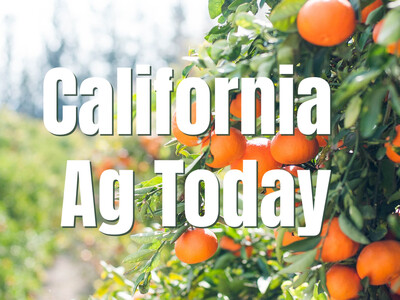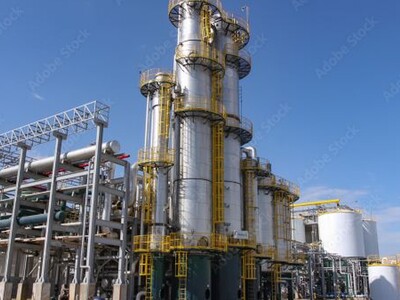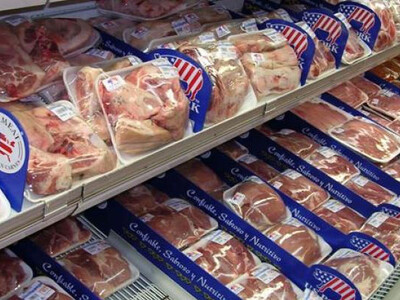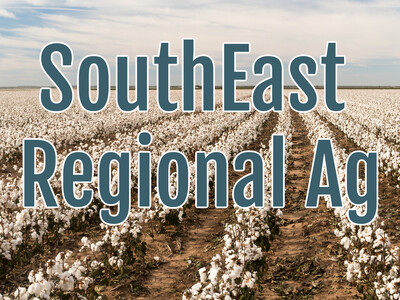Net Farm Income
Total net farm income in Idaho during 2017 is estimated to be up 15 percent to $1.9 billion, which reverses three years of loses, said UI Agricultural Economist Garth Taylor, and The Capital Press.Total farm cash receipts in Idaho are projected to be up 5 percent in 2017.
Potatoes are the biggest cash crop with an estimated $955 million in cash receipts during the 2017 calendar year, an increase of 13 percent over 2016.
Total Idaho farm cash receipts reached more than $7.4 billion in 2017, up from $7.1 billion in 2016, according to University of Idaho's "Financial Condition of Idaho Agriculture" report, which was presented to legislators Jan. 5.
Dry bean was up 33 percent to $83 million last year and hay revenues topped $357 million.
Because of lower prices for many crops grown in Idaho, "Some farmers are fleeing other crops and putting in dry beans," Taylor said.
But some of the state's other main crops saw declines, including wheat (down 7 percent to $415 million), sugar beets (down 10 percent to $271 million) and barley (down 1 percent to $265 million).
Revenue for all of the state's other crops combined declined an estimated 3 percent to $516 million.
"We are up in cash receipts statewide and that's good news but that doesn't mean farmers are feeling good," said UI Agricultural Economist and report co-author Ben Eborn.
He said many farmers are barely breaking even. "Idaho agriculture is still strong but there are some individual farmers who are really hurting."
On the livestock side, dairy receipts increased 7 percent to $2.5 billion and cattle and calves increased 5 percent to $1.8 billion.
Livestock cash receipts accounted for 62 percent of the state's total farm-gate revenues. Total livestock receipts increased 7 percent and total crop receipts rose 2 percent.
Increased potato revenues were one of the few bright spots on the crop side. Idaho Potato Commission President and CEO Frank Muir said 2018 could be another good year for that industry because of higher prices.
"I think the potential is there for 2018 to be even stronger," he said. "I think it will be a very profitable year."
Although dairy revenue was up in 2017, it was a tough year for many of the state's 500 dairy farms, said Doug Robison, Northwest Farm Credit Service's senior vice president of agriculture in Idaho.
"The weak net income within the dairy industry this past year was largely due to the difficult winter of 2016-2017 and an oversupply of milk here in the U.S. and the European Union," he told Capital Press in an email.
While "the 2018 year is expected to see continued positive results in the potato industry and steady results within cattle and other (farm commodities), the 2018 outlook for the dairy industry is substantially weaker than 2017 based on current ... milk futures," Robison said.














